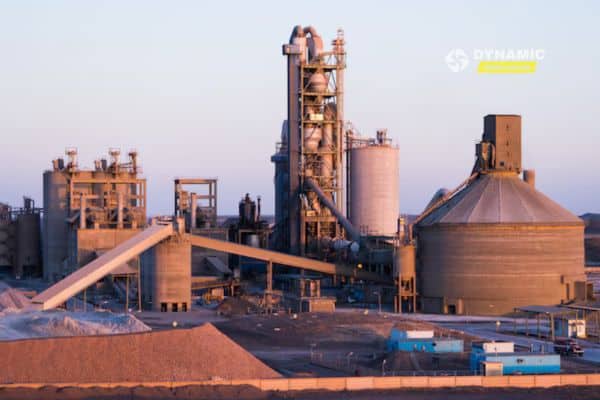
Choosing the Right Ventilation Fan for Your Cement Plant
Ventilation is one of the most critical aspects of running a cement plant. From controlling dust and fumes to regulating temperature and ensuring worker safety, the right ventilation fan makes a significant difference in efficiency and compliance. Cement production involves heavy machinery, high heat, and continuous dust generation, which require robust and specialized fan systems. This guide will help you understand how to choose the right ventilation fan for your cement plant.
Why Ventilation Fans Are Essential in Cement Plants
Cement manufacturing generates large volumes of dust, gases, and heat during processes such as crushing, grinding, and kiln operation. Without proper ventilation:
- Dust can accumulate, leading to air pollution and health hazards.
- High temperatures may reduce equipment efficiency.
- Gases and particulates can compromise workplace safety.
Ventilation fans play a crucial role in creating a cleaner, safer, and more energy-efficient environment.
Types of Fans Used in Cement Plants
1. Centrifugal Fans
- Commonly used for dust collection and material handling.
- High efficiency in moving large volumes of air against high pressure.
2. Axial Flow Fans
- Suitable for applications that require large airflow at lower pressure.
- Used in cooling, ventilation, and general air circulation. Dynamic Ventilation is the best destination for buying axial flow fans in Dubai.
3. Kiln ID (Induced Draft) Fans
- Remove hot gases from rotary kilns.
- Designed for high-temperature, continuous operations.
4. Cooling Fans
- Maintain optimal temperature levels in different stages of cement production.
- Help improve energy efficiency by reducing system heat load.
Key Factors to Consider When Choosing a Fan
- Airflow and Pressure Requirements
- Identify the volume of air and pressure levels required for each process.
- High-pressure fans are ideal for dust collection, while low-pressure fans suit ventilation.
- Material Handling Capability
- Choose fans designed to handle dust, particles, and abrasive materials common in cement production.
- Temperature Resistance
- Fans near kilns or clinker coolers must withstand high temperatures without performance issues.
- Energy Efficiency
- Opt for fans with high efficiency ratings to reduce operating costs and minimize environmental impact.
- Durability and Maintenance
- Cement plants operate continuously, so fans should be robust, reliable, and easy to maintain.
Benefits of Choosing the Right Ventilation Fan
- Improved Air Quality – Reduces dust and pollutants in the workplace.
- Enhanced Safety – Removes hazardous gases and prevents respiratory risks.
- Energy Savings – High-efficiency fans lower operational costs.
- Increased Productivity – Stable working conditions improve equipment performance and worker comfort.
Why Partner with Dynamic Ventilation?
Choosing the right fan requires not only understanding your plant’s requirements but also relying on a trusted supplier. Dynamic Ventilation, a leading fan manufacturer and supplier in Dubai, specializes in designing and delivering custom ventilation solutions for heavy industries like cement manufacturing. With advanced engineering, energy-efficient designs, and robust construction, Dynamic Ventilation ensures your cement plant gets the right balance of performance, durability, and cost-effectiveness.
Final Thoughts
Cement plants demand powerful, reliable, and efficient ventilation systems. By evaluating factors such as airflow, pressure, temperature, and dust handling capabilities, you can select the right fan that ensures smooth operations and compliance with environmental standards. Partnering with experts like Dynamic Ventilation guarantees a system tailored to your plant’s needs, keeping production efficient and workplaces safe.


0 comments